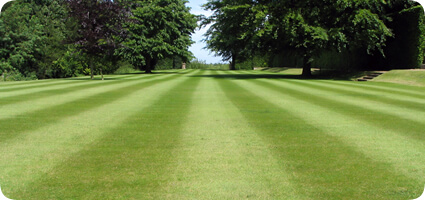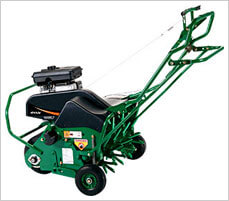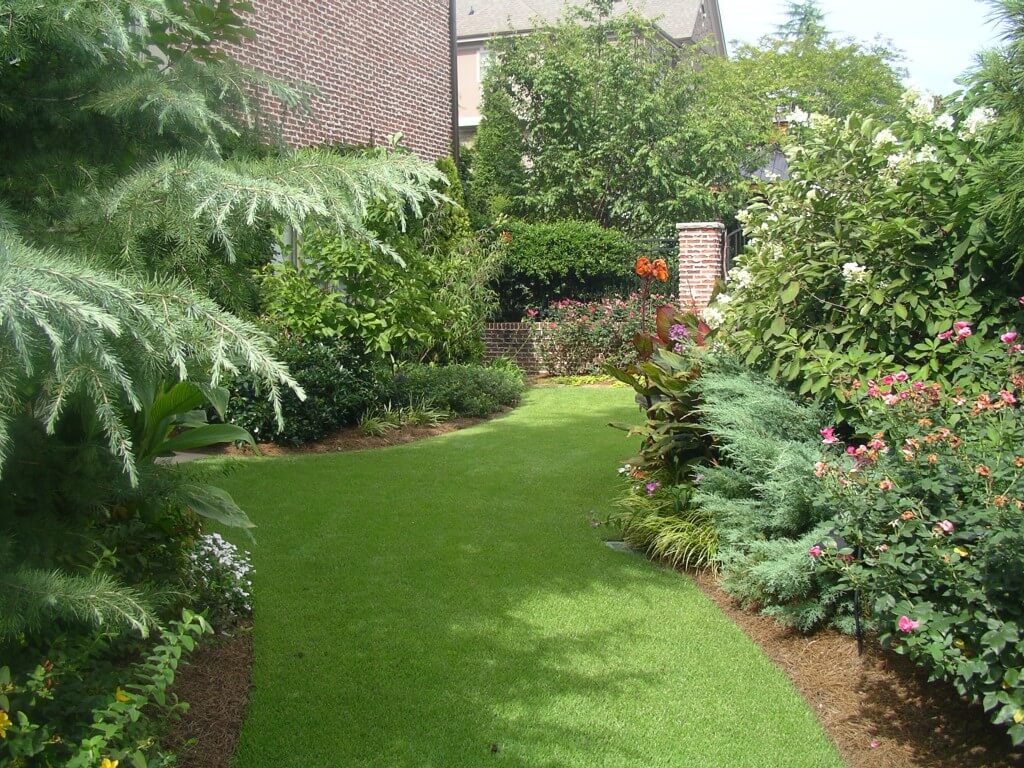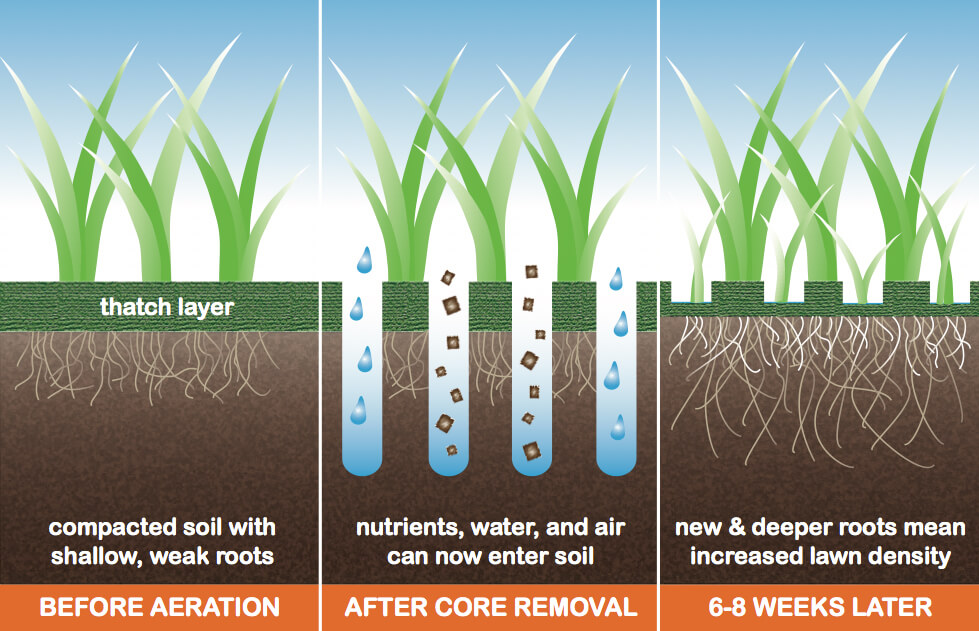The biggest benefit of soil testing is it provides you with your soils pH and measures the availability of soil minerals and nutrients. Healthy soil equals healthy lawns and plants. The most important test we look for in a soil test is the pH level.
So what exactly is soil pH and what does it measure?
Soil pH is the measurement of acidity or alkalinity of your soil. The pH scale runs from 0 to 14 with 7 being neutral. A pH above 7 indicates an alkaline soil and below 7 indicates an acid soil. Our soils tend to be on the acid side. Lawns prefer a slightly acid soil 5.8 to 6.5.
Why is this important to know?
When your soil has low pH say around 5.5 it means you have an acid soil, between 40% to 50% of fertilizer is unavailable to your lawn because the plant can’t absorb the needed nutrients/minerals. Half of your fertilizer is going to waste and your lawn will not hold its color. That means you will not have a thick lush green lawn when spring arrives!
So what’s next? How do I check my soils pH?
You can take soil samples and submit to your local extension service for a small fee or you can contact Simply Green Lawn Care and we will submit to a local soil laboratory for a small fee. Both options provide you with a soil analysis detailing your pH (the most important), phosphorus, potassium, magnesium, calcium along with manganese and iron levels. Once we have your soil analysis we will customize your lawn care program to fit your lawn requirements. We recommend you take a soil sample every 3-4 years.
Want to stay connected with the Simply Green team? Connect and follow us on Facebook, Google+ and Twitter!












